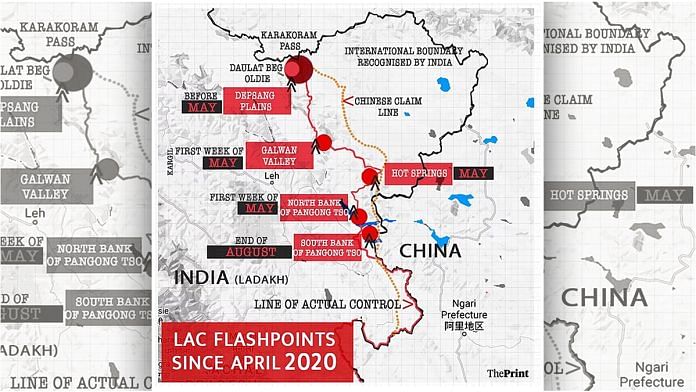New Delhi: The ongoing India-China standoff that started in 2020 saw the two countries almost at the brink of war with artillery guns ready to fire at Chinese tanks which were trying to storm Indian positions, a fate averted by a hotline between the two sides, reveals former Army chief Gen M.M. Naravane (Retd) in his upcoming book.
Tensions eased only after China “blinked first”, writes Gen Narvane in his memoir published by Penguin Random House India, ‘Four Stars of Destiny’, which is likely to be launched next month.
“Jo ucchit samjho woh karo” (do whatever you deem appropriate), he recalls Singh telling him on the night of 31 August, 2020, after Chinese PLA moved tanks and troops to Rechin La mountain pass along the Line of Actual Control (LAC) in eastern Ladakh. The excerpts, carried by news agency PTI, quote Gen Naravane saying that a hundred different thoughts “flashed through” his mind after Singh told him so.
The tense moments, with India racing to the heights of Kailash Range as reported first by ThePrint then, saw the country’s top security machinery including Prime Minister Narendra Modi, National Security Advisor Ajit Doval and Defence Minister Rajnath Singh on frantic calls among each other and their resolve to not back down.
As reported by ThePrint first on 31 August 2020, specialised elements of the Indian Army had dominated at least four locations near the southern bank of the Pangong Tso in eastern Ladakh in what was seen as a race for the passes. Writing about the operation, Gen Naravane mentions a flurry of phone calls between the defence minister, EAM, NSA and the chief of defence staff that night, to discuss the sensitive situation.
“I conveyed the criticality of the situation to the RM (Raksha Mantri), who said he would get back to me, which he did, by about 2230 hours…He (Singh) said that he had spoken to the PM and that it was purely a military decision…I had been handed a hot potato. With this carte blanche, the onus was now totally on me. I took a deep breath and sat silently for a few minutes. All was quiet save for the ticking of the wall clock,” he recalls.
He adds: “I was in my den at Army House, with the map of J&K and Ladakh on one wall, Eastern Command on another. They were unmarked maps, but as I looked at them, I could visualise the location of each and every unit and formation. We were ready in all respects, but did I really want to start a war?”
“This was no war game being played in a sand model room of the Army War College, but a life and death situation,” he writes, adding that after taking some time to reflect, he called up the then Northern Army Commander Lt Gen Y.K. Joshi, who is now retired.
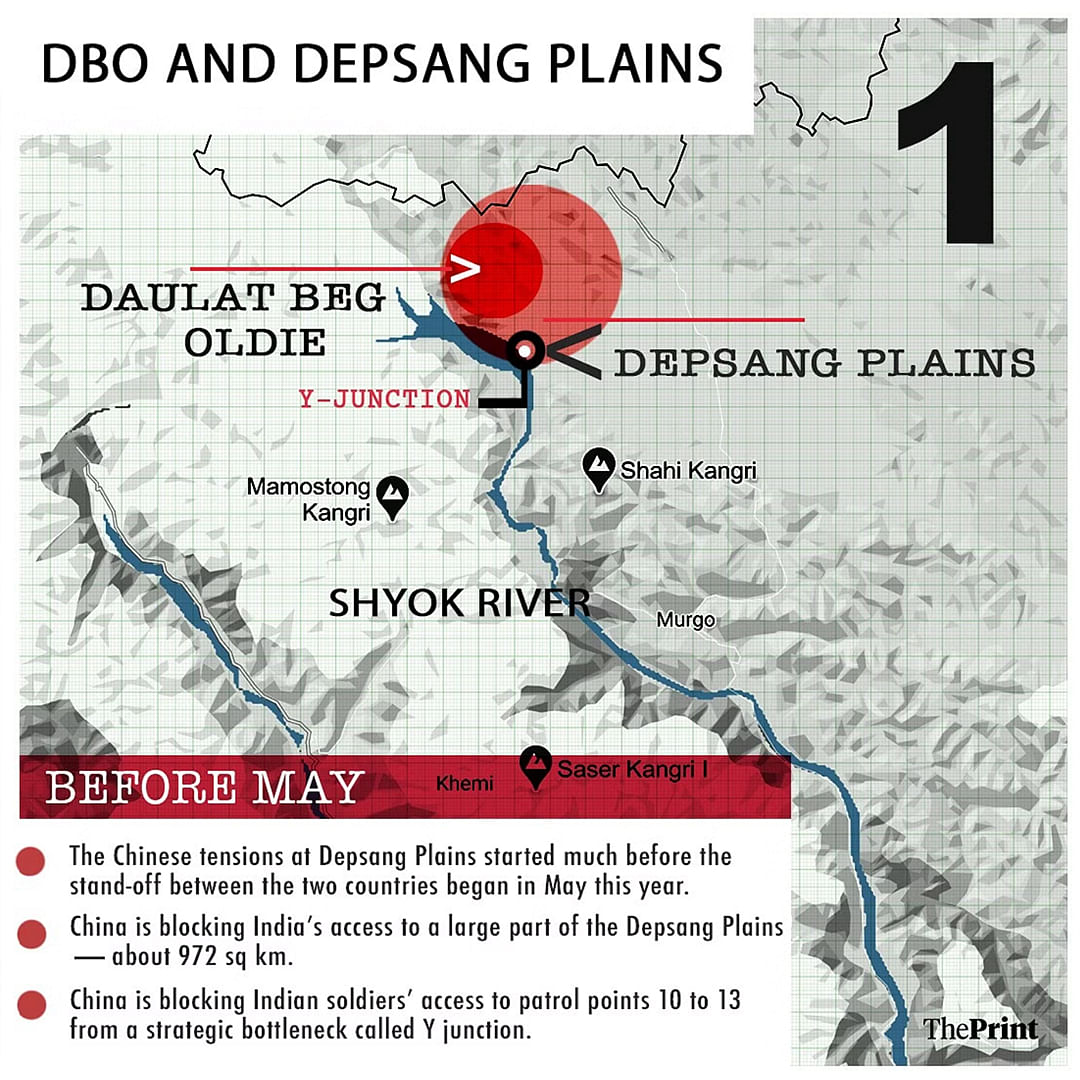
“‘We cannot be the first ones to fire’, I told him (Joshi), as it would provide the Chinese with an excuse, a casus belli, to escalate and paint us as the aggressors…Even at Mukhpari (on the Kailash Range) the previous day, it had been the PLA who had fired first (being only two rounds by the PLA and three rounds by us, it had escaped the attention of the media).”
“Instead, I told him to move a troop of our tanks right to the forward slopes of the pass and depress their guns so that the PLA would be staring down the barrels of our guns,” Gen Naravane writes, adding, “This was done forthwith and the PLA tanks, which had by then reached within a few hundred metres of the top, stopped in their tracks.”
“Their light tanks would have been no match for our medium tanks. It was a game of bluff and the PLA blinked first.”
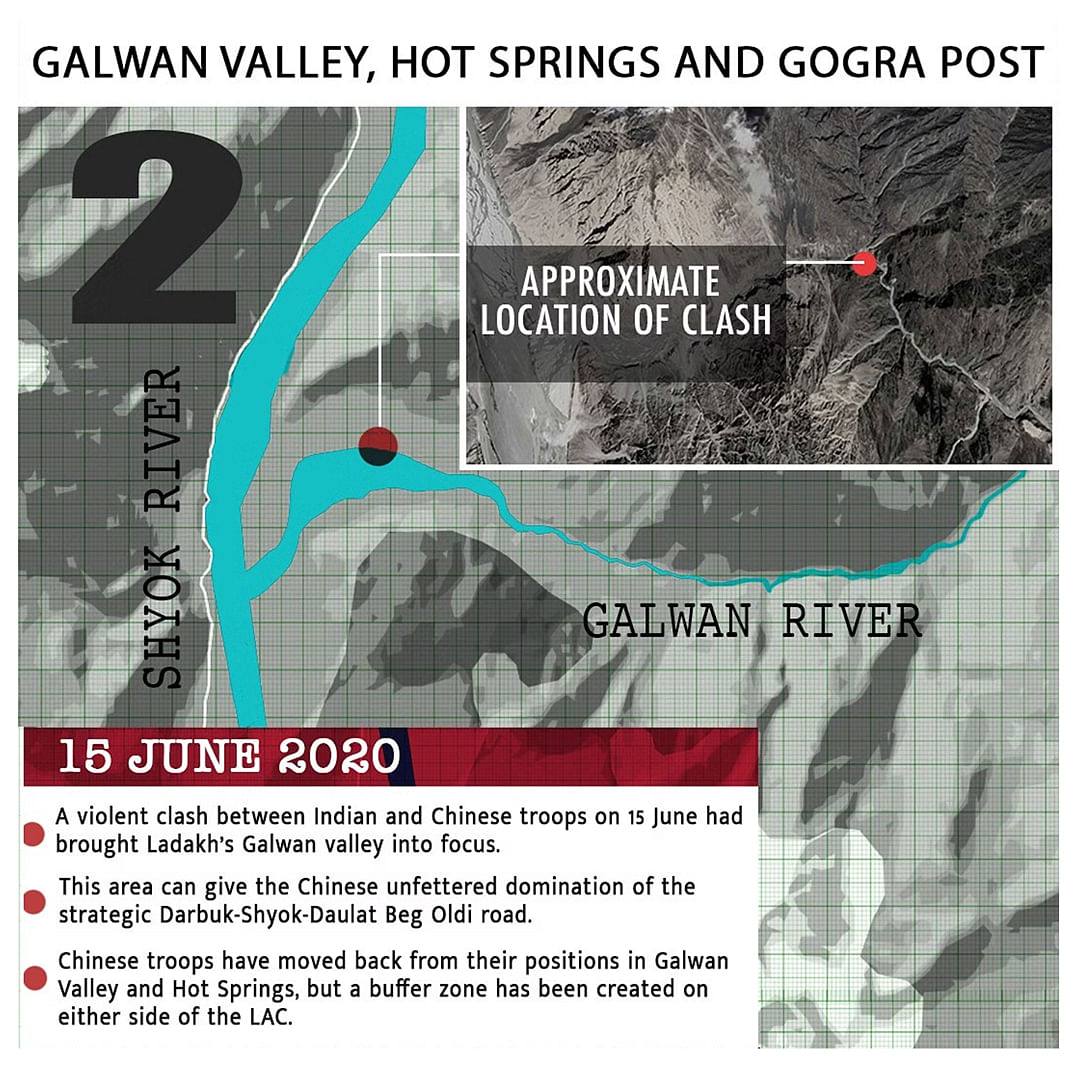
He also notes that the PLA moved from Moldo to the area of Chuti Changla towards the South Bank of the Pangong Tso on the intervening night of 29-30 August. “On the 30th evening itself, they moved forward some troops in the area of the Kailash Range, stopping about 500 metres short of our locations and started digging in.”
Gen Naravane adds that PLA positions were at lower heights and directly under Indian observation. “As such, they were of no threat to us, but if they were to come up in strength and try to outflank or surround our localities, then we would have to take action. The situation was tense and nearing breaking point.”
He says the daylight hours of 31 August saw a lot of movement on the PLA side and PLA armour was also observed in the area of their garrison at Moldo towards afternoon. Seeing this, our tanks at Tara Base were also ordered to move up to Rechin La, he adds.
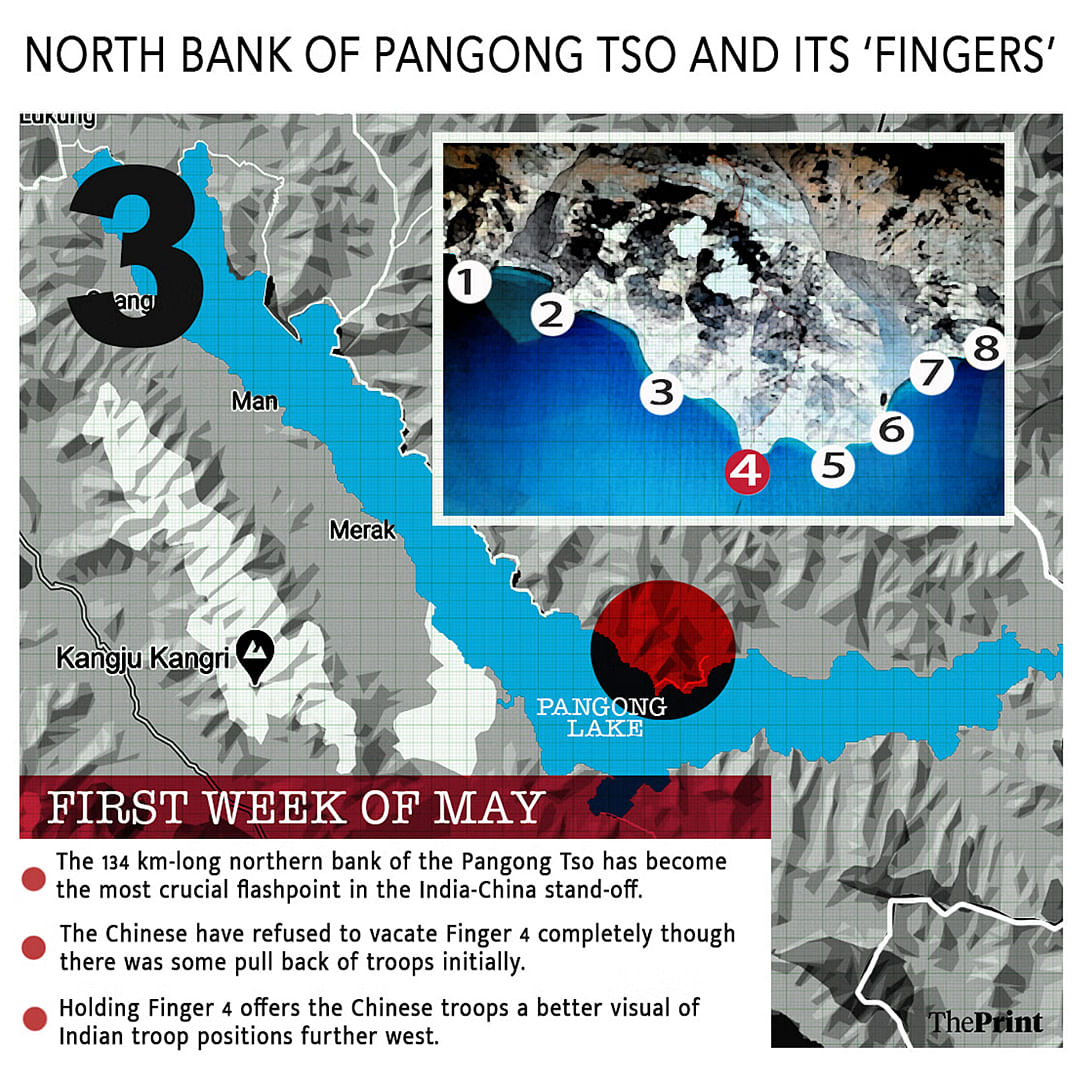
He also notes that PLA troops were also seen mobilising at some other spots.
“At 2015 hours on the evening of 31 August, Jo (Joshi) rang me up, quite worried. He reported that four tanks supported by infantry had slowly started moving up the track towards Rechin La…They had fired an illuminating round but this had no effect. I had clear orders not to open fire, ‘till cleared from the very top’. A flurry of calls followed, between the RM, EAM, NSA, CDS and myself over the next half-hour,” he writes.
“To each and every one my question was, ‘What are my orders?’ At 2110 hours, Northern Command again rang up, the tanks had continued moving ahead and were now less than a kilometre from the top…I rang up the RM again at 2125 hours, with the latest and once more asked for clear directions. The situation was tense. Telephone lines were buzzing.”
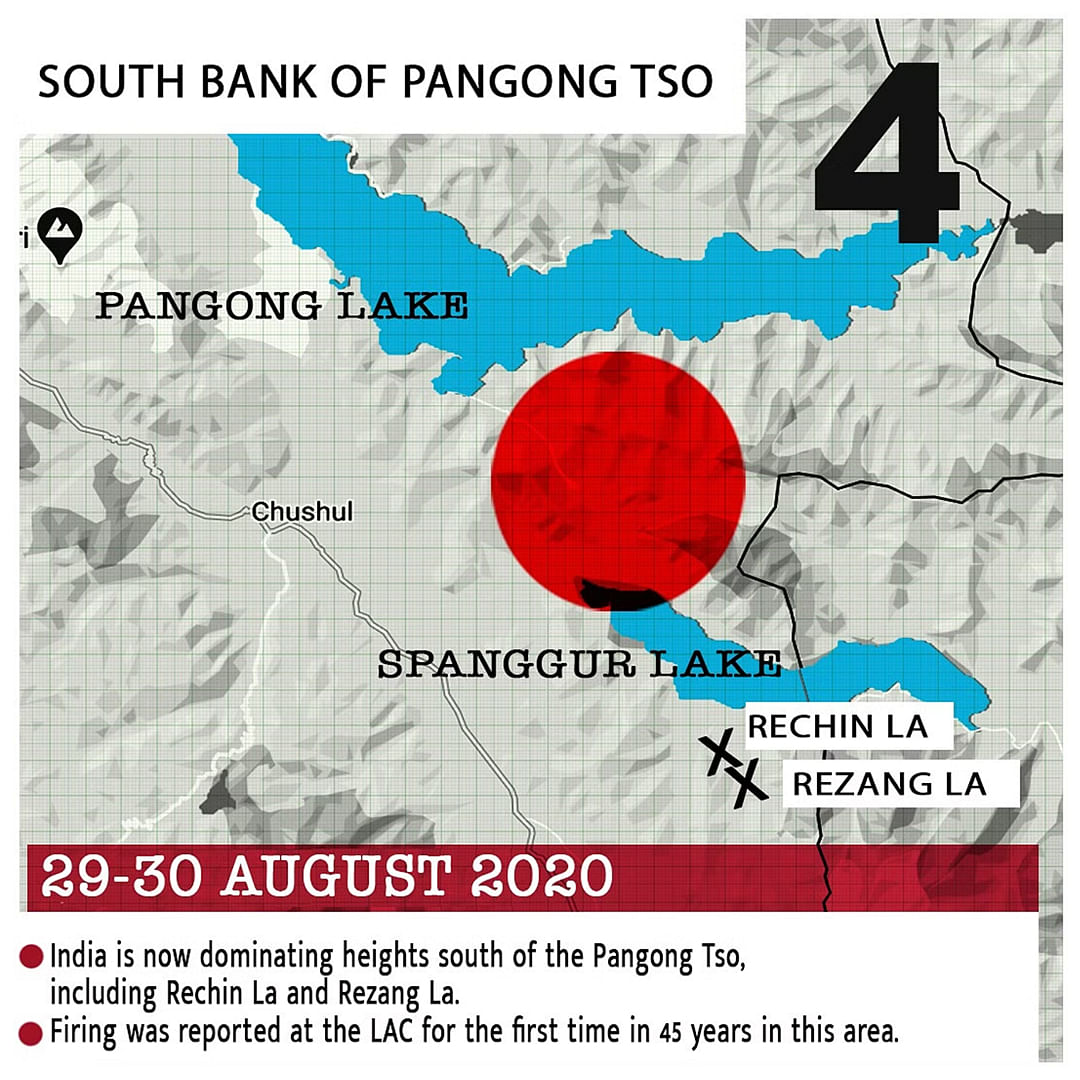
Gen Naravane notes that there had been an exchange of hotline messages with the PLA Commander, Maj Gen Liu Lin, suggesting that both sides refrain from any moves and that the two local commanders should meet at the pass at 0930 hours the next morning.
He says he called up Defence Minister Singh and NSA Ajit Doval at 2200 hours to share this news. “I had hardly put the phone down when Jo (Northern Army Commander Joshi) rang up once again at 2210 hours. He said that the tanks had started moving up again and were now only about 500 metres away.”
Gen Naravane writes how Joshi recommended that the only way to stop the PLA was by opening up with our own medium artillery, which he said was ready and waiting.
(Edited by Amrtansh Arora)
Also Read: Days after China-Philippines skirmish in South China Sea, Indian warship at Manila to bolster ties


